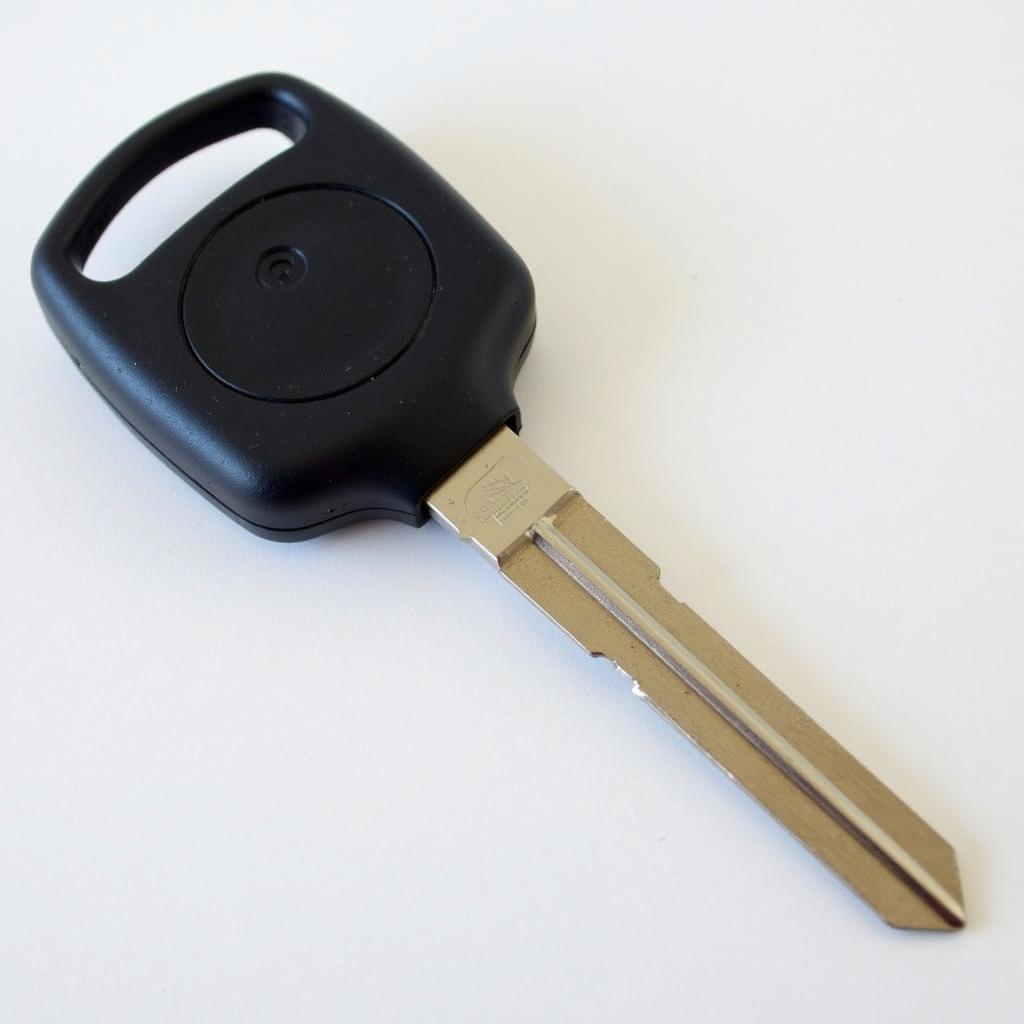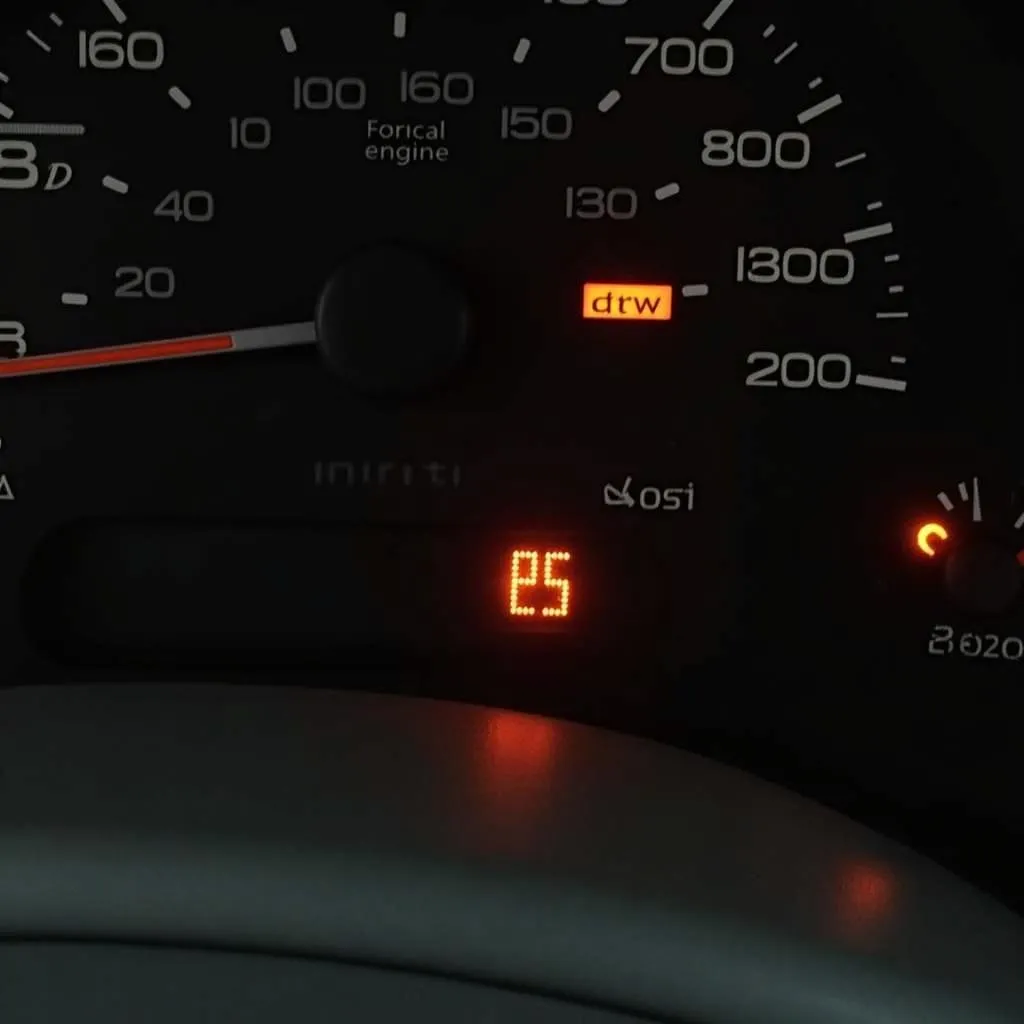The 1996 Ford Taurus anti-theft system can be a real headache when it malfunctions. Knowing how to disable the 1996 Taurus anti-theft system can save you time, money, and frustration. This guide provides comprehensive instructions and troubleshooting tips to help you get your car back on the road.
Understanding Your 1996 Taurus Anti-Theft System
The 1996 Ford Taurus typically uses a Passive Anti-Theft System (PATS). This system utilizes a transponder chip in your key that communicates with the vehicle’s computer. If the correct signal isn’t received, the engine will be disabled. Understanding this fundamental interaction is crucial for diagnosing and resolving anti-theft issues.
Common Causes of Anti-Theft System Activation
Several factors can trigger the anti-theft system in your 1996 Taurus. A weak or dead car battery is a common culprit, as it can disrupt the communication between the key and the car’s computer. Other potential issues include a damaged ignition switch, a faulty key transponder chip, or wiring problems.
 1996 Ford Taurus PATS Key with Transponder Chip
1996 Ford Taurus PATS Key with Transponder Chip
Methods for Disabling the 1996 Taurus Anti-Theft System
Disabling the anti-theft system often involves addressing the underlying issue. Here are some effective methods to try:
-
Check the Battery: A weak battery is the most frequent cause. Try jump-starting your Taurus. If this works, your battery likely needs replacing.
-
Try a Spare Key: If you have a spare key, try using it. This helps determine if the issue lies with the original key’s transponder chip.
-
Inspect the Ignition Switch: A faulty ignition switch can prevent the car from reading the key’s signal. If the key doesn’t turn smoothly or feels loose, the ignition switch might need replacing.
-
Check for Wiring Issues: Inspect the wiring around the ignition switch and the steering column for any damage or loose connections. Corrosion or a broken wire can interrupt the communication between the key and the car’s computer.
Utilizing Diagnostic Tools for 1996 Taurus Anti-Theft
For more complex issues, using a diagnostic scanner can pinpoint the problem. These tools can read the car’s computer for trouble codes related to the anti-theft system, providing a more precise diagnosis.
Seeking Professional Help for Your 1996 Ford Taurus
If you’ve tried the above methods and are still experiencing problems, it’s best to consult a qualified automotive technician. They have the expertise and tools to diagnose and repair complex anti-theft system issues.
“Dealing with anti-theft issues can be tricky. Don’t hesitate to contact a professional. They can save you time and avoid potentially causing further damage.” – John Miller, ASE Certified Master Technician
“A simple battery replacement often solves the problem. However, more complex issues, such as faulty wiring, require specialized knowledge and equipment.” – Susan Davis, Automotive Electrical Specialist
Conclusion
Disabling the 1996 Taurus anti-theft system often involves addressing the underlying cause. By following these troubleshooting steps, you can often resolve the issue yourself. However, for complex problems, seeking professional help is recommended. Knowing how to disable 1996 taurus anti theft can be empowering, getting you back on the road quickly and safely.
FAQ
-
What type of anti-theft system does a 1996 Ford Taurus have? It typically has a Passive Anti-Theft System (PATS).
-
Can a dead battery trigger the anti-theft system? Yes, a dead or weak battery can disrupt the system.
-
How can I tell if my key’s transponder chip is faulty? Try a spare key. If the spare key works, the original key’s chip is likely faulty.
-
Is it safe to drive with the anti-theft light on? It depends on the specific issue. It’s best to have it diagnosed.
-
How much does it cost to replace a 1996 Taurus ignition switch? The cost varies, but typically ranges between $100 and $300, including parts and labor.
-
What tools do I need to check the wiring? Basic tools like a multimeter and screwdrivers are helpful.
-
Where can I find a qualified automotive technician? Check online directories or ask for recommendations from local auto parts stores.



